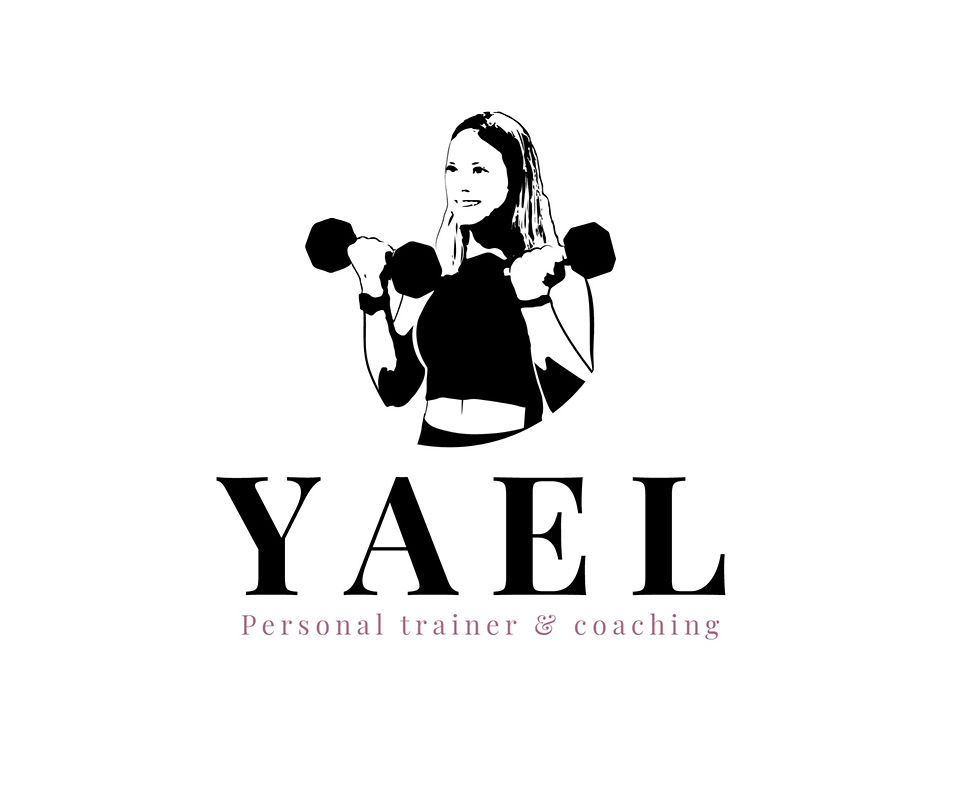Emotional eating
- Yael de vos
- May 17, 2022
- 3 min read

Emotional eating: What to do? Emotional eating is eating from a need other than real hunger. If you suffer from emotional eating, you repress unpleasant feelings with food, as it were. Eating often helps you feel better in the short term, but it doesn't work in the long run. The problem has not been solved. In addition to eating to deal with unpleasant feelings, you can also eat based on emotions with positive emotions, for example by rewarding yourself with food.
Short-term If you are about to eat from emotion, you can apply the BOLC technique. B – Breathe – Take a few deep breaths from your abdomen. This helps to reduce the stress feelings you experience at that moment. O – Observe – What are you feeling? How does this feel in your body? What emotions are you currently experiencing? What are your thoughts? You can name these observations in your head, but you can also write them down. L – Listen to your core values – What are your core values? Why do you want to avoid emotional eating? Why is this important to you? Also think about the goal you have in mind, and how what you want to eat now can possibly get in the way. You can also write down your core values and goals for yourself. Core values are for example: a healthy lifestyle, improving body composition, overcoming or dealing with a condition, etc. C – Choose – Choose whether or not to eat and how much. Make a choice in line with your core values. The goal of this technique is not to always avoid emotional eating. The goal is to be able to make a well-considered choice at the moment. And to consider whether or not this is an effective way to feel better about yourself.
Long-term A step-by-step plan is described below to work on emotional eating and thus your relationship with food in the long term. Investigate the cause It is important to gain insight into the cause of your binge eating. What are your triggers to eat more? In which situation do you suffer from emotional eating? Write this down on paper for yourself. Sit down and take your time. You can also add to this list of triggers at a later time. Examples of situations are: arguing with your partner, a long stressful day at work, performing an annoying task, etc. Also note how you feel at such a moment. For example, do you feel stressed, anxious or sad? What is your real need? You now have a good idea of the situations and feelings that trigger emotional eating in you. Normally you use food to repress these feelings, but what do you really need in that moment? If you are tired after a long day and you need some rest, go to bed on time or take a moment to meditate. If you feel alone and need company, call someone. If you feel stressed, try to do the things that help you relax outside of eating. What if this problem cannot be solved immediately? Some problems cannot be solved immediately. Then instead of repressing your feelings with food, try to look for distractions. This could be, for example: taking a walk, taking a bath, reading a book, or calling a friend. This may not solve the problem immediately, but you will prevent that you eat out of emotion. Take care of yourself People are more likely to suffer from emotional eating if they are not feeling well. For example, due to insufficient sleep, an unhealthy diet, a lot of stress or little exercise. Therefore, take good care of yourself. Exercise regularly, get enough sleep, reduce your stress (sufficient relaxation), drink enough water and ensure a healthy diet.



Comments